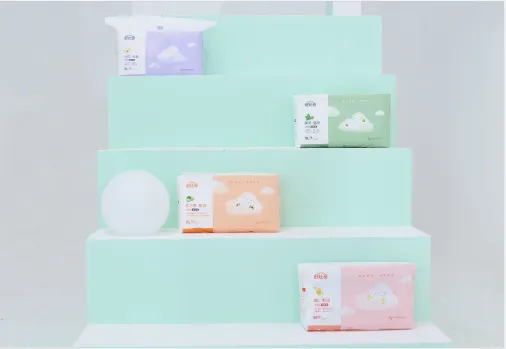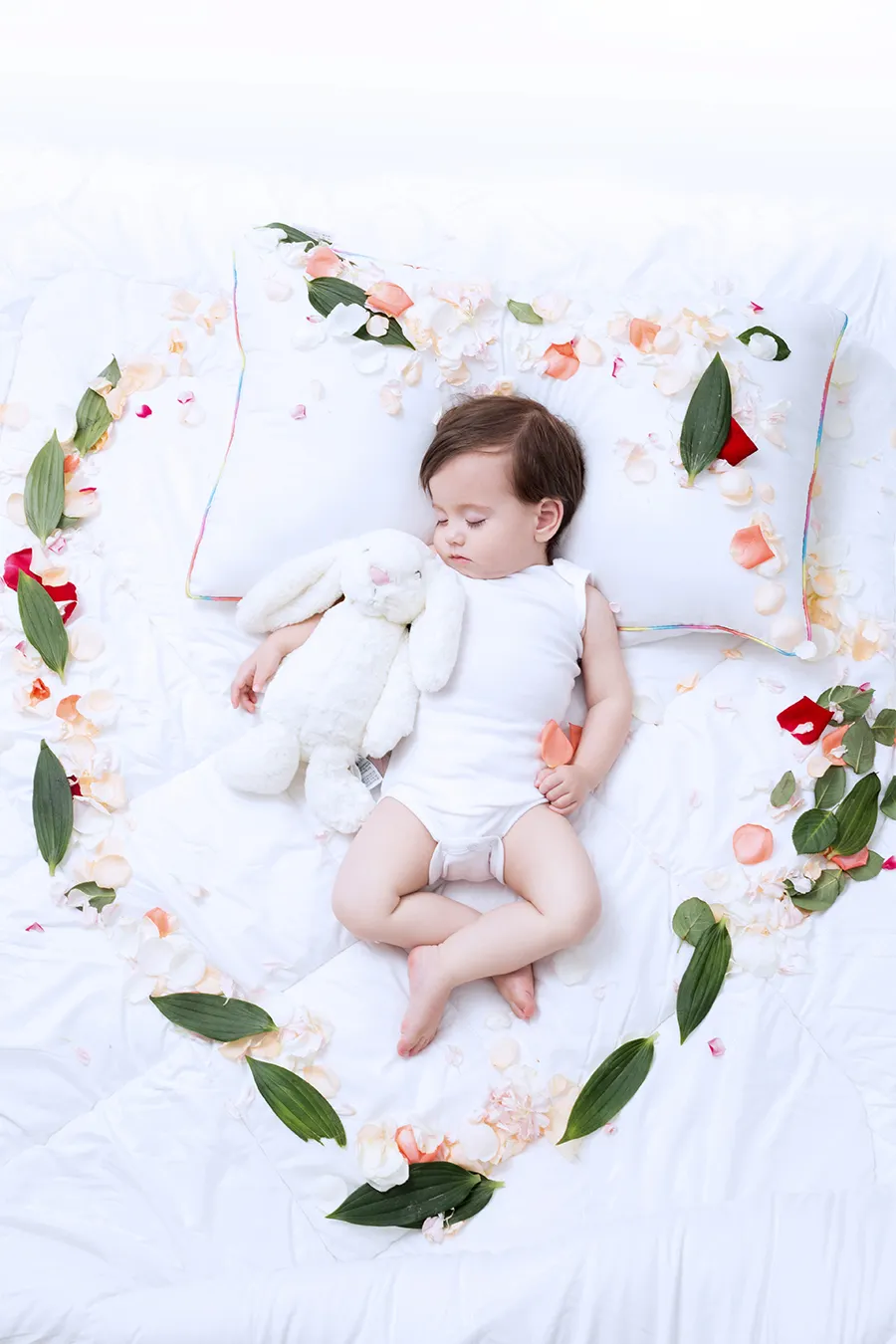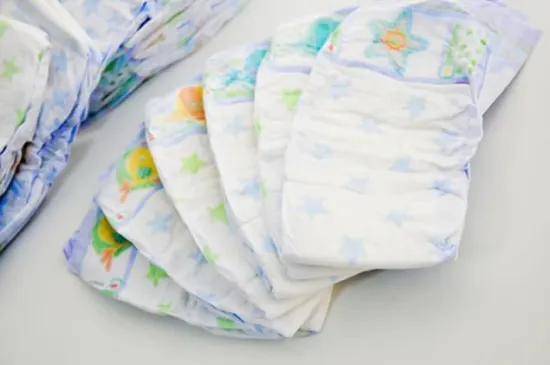There are many technological factors affecting the properties of textile and melt nonwovens. The materials should be systematically selected according to the structural design and functional requirements of diapers and baby underwear. The hydrophilic oil content of the surface material shall be appropriate. Too low oil content will lead to slow infiltration and increase sliding infiltration; Too high oil content will easily lead to oil transfer, pollute the edge of anti side leakage, and lead to product side leakage. The oil content of spunbonded nonwoven surface should be controlled within 07% ~ 1.0%.

The anti side leakage partition material is mainly water repellent textile melt nonwovens. At present, SMS (two-layer spunbonded s and one-layer melt blown m composite nonwovens) is widely used in the industry. SMMs (two-layer spunbonded s and two-layer melt blown m composite nonwovens) and ssmms (three-layer spunbonded s and two-layer melt blown m composite nonwovens) generally have a weight range of 11 ~ 15g / m2 and a hydrostatic pressure resistance of ≥ 12cmh: O, which can meet the requirements of side leakage prevention of diapers.
The mechanical properties and hydrostatic pressure resistance of melt spun nonwovens have a certain linear relationship with the gram weight of the product. Both 13g / m3 SMS products and 11g / m3 ssmms products can meet the requirements of side leakage prevention. However, for the sake of safety, most manufacturers require the hydrostatic pressure resistance of anti side leakage materials to be ≥ 14cmh: o. The performance of ssmms in the same gram weight product is obviously better than that of ordinary SMS. In some diaper structures, the anti side leakage partition not only has the function of anti side leakage, but also undertakes the transverse stretching of diapers together with the back. Therefore, when selecting the anti side leakage partition, in addition to its hydrostatic pressure resistance, pay attention to the tensile strength of the anti side leakage material in the CD direction, which is generally not less than 025kn / m.
With the development of light, thin and flexible products, new requirements and challenges are put forward for the anti side leakage partition, that is, the weight of melt spun non-woven fabric is low and the ability to resist hydrostatic pressure is high. There are already high hydrostatic pressure resistant spun melt nonwovens on the market. For example, the hydrostatic pressure resistance of 11g / m2smms material can reach more than 18cmh: o. In order to reduce costs, enterprises generally choose materials with high cost performance, which is the inevitable trend of market development and change.

Diapers require their back layer to be soft and breathable, with certain anti-seepage ability, tensile strength, tear resistance and wear resistance. The raw materials, process design, production efficiency and product performance of textile melt nonwovens can well meet these needs. Therefore, more than 80% of the back materials of products on the market are textile melt nonwovens.
In recent years, in order to meet the diversified needs of products, many nonwovens manufacturers have launched a series of new products with soft and comfortable feeling. However, these nonwovens need to pay attention to the following points in practical application:
(1) The soft and fluffy treatment of nonwovens, whether using mechanical methods or adding functional materials to raw materials, will greatly affect its application in diapers.
(2) Due to cost control, the nonwovens on the back of medium and low-end diapers are generally spunbonded nonwovens of 12 ~ 15g / m2, while the transverse tensile strength of nonwovens with soft treatment within this gram weight range is generally 015 ~ 025kn / m. The test shows that if other structural materials remain unchanged, they should meet the requirements of arc cutting diapers, with transverse strength ≥ 028kn / m, otherwise the left and right accessories of diapers will be deformed or even broken during use. However, when applied to elastic big ear products, due to the connection of elastic big ears, the products will not deform or break, but also enrich the style, feel and appearance of the products.
(3) The cost space of high-end diapers is relatively large. Generally, 17 ~ 23g / M spunbonded nonwovens can be used for back nonwovens. Within this gram weight range, soft spunbonded nonwovens have a large operable space, and various styles of back nonwovens can meet the needs of products.

The anti side leakage partition should not only meet the anti side leakage requirements of diapers and baby underwear, but also meet the CD tensile strength requirements of some structural design, with a value ≥ 025kn / m. Ssmms melt spun nonwovens with low gram weight and high performance are more popular in the market. In the case of meeting the structural design requirements and CD strength ≥ q28kn / m, soft, fluffy and comfortable materials should be selected as far as possible to meet the differentiated needs of the market.
Comment(0)
You can comment after
SIGN IN